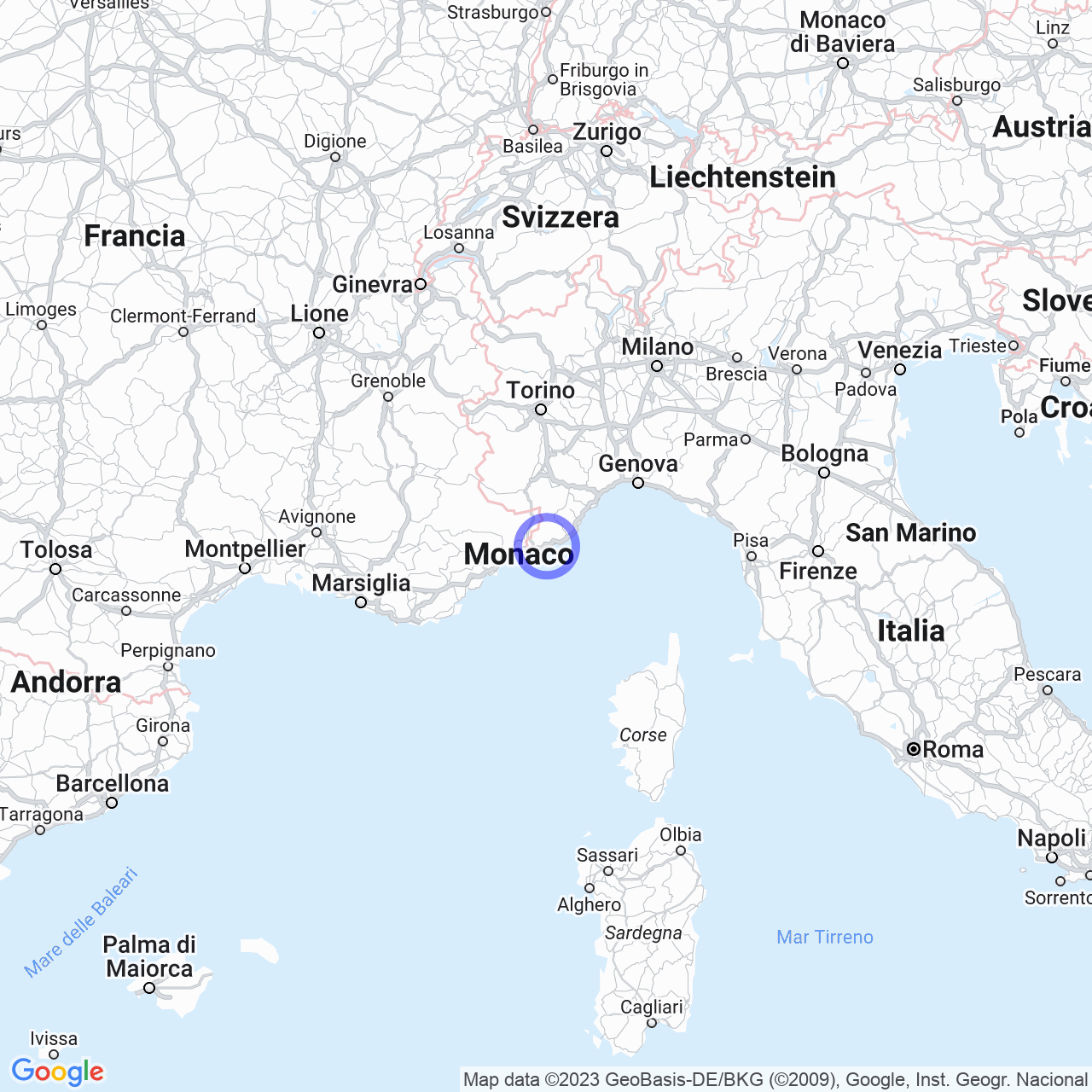San Romolo
San Romolo: The small hamlet of Sanremo
If you're in Sanremo and want to discover a charming and richly historic place, then you absolutely must visit San Romolo. This geographic hamlet of Sanremo is nestled in the hinterland of the seaside city, at the foot of Monte Bignone.
Physical Geography
San Romolo is a small hamlet set amidst the green hills, an oasis of tranquillity compared to the lively and bustling city. It is located northwest of Sanremo, between the towns of Perinaldo, Bajardo and Ceriana, and covers an area of about 5,000 square meters. It is locally known as "il prato" (the meadow), which is a rectangular area cleared of trees, around which the entire hamlet developed.

History
The village of San Romolo is linked to the figure of Romolo of Genoa, who lived there and gave his name to the city of Sanremo.
The importance of San Romolo is related to the large amount of timber that has been extracted from its pine and chestnut forests over the centuries. Over time, the flat area of the village was completely cleared of trees to create an area for storing cut wood. This area, now abandoned, is precisely the "meadow" around which the hamlet developed.
Over the centuries, San Romolo attracted dozens of seasonal lumberjacks, who came from neighboring towns and were paid by the municipality. These individuals supplied Sanremo's public facilities with heating wood and procured construction timber that was marketed on the Ligurian coast or used to build boats.
With the advent of the 20th century, the work of cutting wood decreased significantly, and the hamlet experienced ups and downs. Between 1936 and 1981, the hamlet became part of the Sanremo-Monte Bignone Funivia (funicular) route: the location was considered suitable for treating respiratory diseases thanks to the purity of the air. In less than half an hour, from the San Romolo station, one could reach the village.
Over time, the fascist regime established a summer colony that has been maintained until today in other forms. In 1950, with the advent of mass tourism, a hotel was built, which remained open for only twenty years. A post office was also opened, which was also closed in the 1970s.
The closure of the funicular resulted in a decline of the hamlet, which seemed to have no way out. Only with the entry into the 21st century and sensitivity towards the environment and the territory, did San Romolo experience a new rebirth.
Monuments and places of interest
San Romolo is known for the vast meadow around which the entire hamlet developed. The meadow is the ideal place for a peaceful walk and to enjoy the natural beauty of the landscape. In addition, San Romolo is the site of the "balma" (anthropized cave) where the patron saint of the city, Romolo of Genoa, lived and died as a hermit.
In summary, San Romolo is a treasure to discover, a place for people who love contact with nature and tranquillity. Its history, traditions and the beauty of the territory make it even more fascinating.
